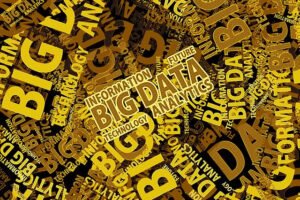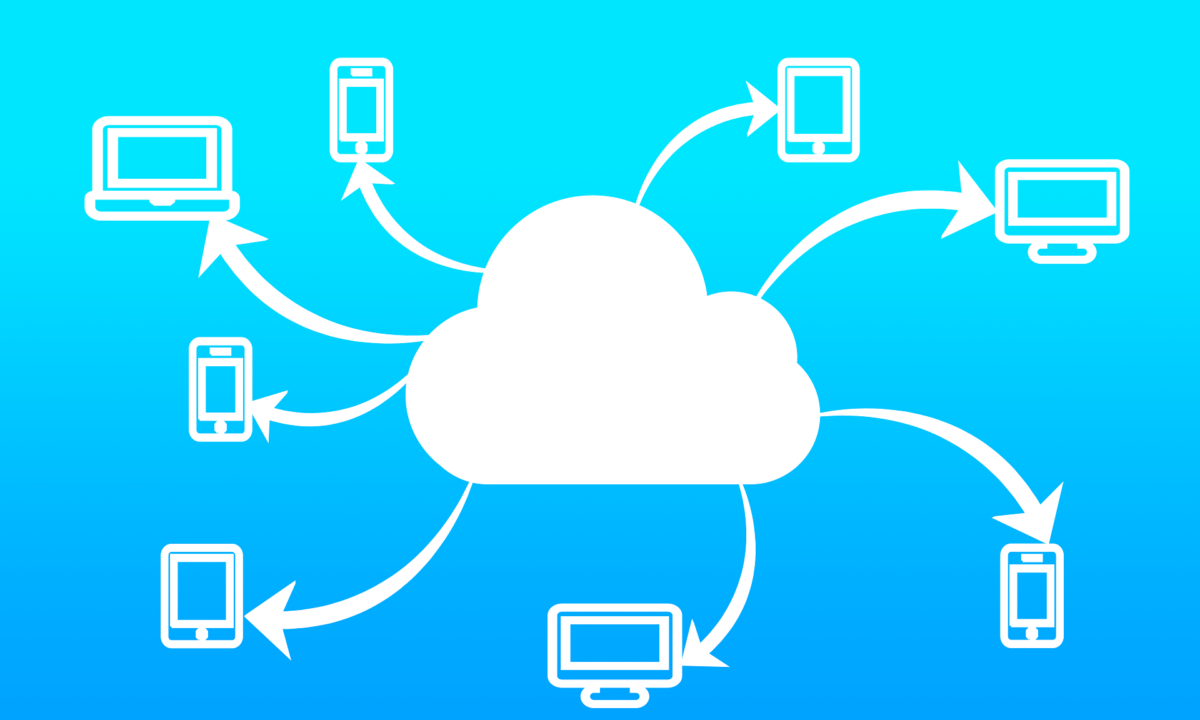 Big Data is the term used to characterize the massive amount of unstructured and structured data that constantly inundates businesses. However, the amount of data does not matter. What matters with big data is what organizations do with it. Big Data analysis can provide new perspectives that help guide more intelligent choices and clever business maneuvers.
Big Data is the term used to characterize the massive amount of unstructured and structured data that constantly inundates businesses. However, the amount of data does not matter. What matters with big data is what organizations do with it. Big Data analysis can provide new perspectives that help guide more intelligent choices and clever business maneuvers.
When we discuss “big data,” we are referring to sets of data or combinations of data sets whose volume, complexity, and rate of growth make it difficult to handle, process, analyze, and store them using standard tools and technologies like relational databases and traditional statistical or visualization software, in a way that will make them promptly useful.
While there is no set size for what constitutes Big Data, most analysts and professionals currently use data sets that range from several Petabytes to 30–50 Terabytes. However, this definition is subject to change over time.
Big Data’s complexity is mostly caused by the unstructured nature of a large portion of the data produced by contemporary technologies, including call center records, laptops, smartphones, other mobile phones, radio frequency identification (RFID), sensors embedded in machinery, cars, Internet searches, social networks like Facebook, and weblogs.
In order to be used effectively, Big Data usually requires integration with structured data (usually from a relational database) from a more traditional business application, like an ERP (Enterprise Resource Planning) or CRM (Customer Relationship Management).
How is data used to obtain valuable insights? #BigData
In the digital age we live in, the amount of data generated daily is enormous. However, the real wealth lies in how this data is used to gain valuable insights and make informed decisions. We are going to see the importance of big data in the field of artificial intelligence (AI) and how this data is used to obtain relevant and valuable information.
Data collection
Big data is the term for the gathering and examination of vast amounts of data from multiple sources, including sensors, social networks, transactional records, and more. This data is collected and stored in databases, ready to be processed and analyzed by AI systems.
Analysis of data
Once collected, the data undergoes an analysis process. Here’s where artificial intelligence comes into play. AI algorithms are used to explore, classify, and find patterns in data. This allows us to reveal hidden trends, correlations, and relationships that would not be easily identifiable to humans.
Gaining knowledge
Extensive data analysis with AI allows you to obtain valuable insights from data. These perceptions can be utilized to comprehend client behavior, predict market trends, optimize business processes, improve decision-making, and much more.
 Personalization and recommendations
Personalization and recommendations
Big data analytics with AI enables the personalization of experiences. E-commerce platforms, for example, use data collected from users to offer personalized product recommendations. This enhances both the user experience and conversion rates.
Predictions and forecasts
One of the most exciting aspects of big data and AI is their ability to make predictions and forecasts. Artificial intelligence (AI) algorithms can make predictions about the future by analyzing vast volumes of historical data to identify trends and patterns. This is especially useful in fields such as weather forecasting, financial analysis, and inventory management.
Improved decision making
AI and big data help organizations make more informed decisions. By analyzing relevant data and obtaining valuable insights, business leaders can evaluate different scenarios, identify opportunities, and minimize risks.
Big data and artificial intelligence are revolutionizing the way we use data to gain valuable insights. Thanks to AI’s analytical power, we can harness the potential of big data to make smarter decisions, personalize experiences, and improve our understanding of the world around us.…



 Advances in Artificial Intelligence and Big Data are revolutionizing the way organizations protect their data and systems. Although these technologies are still in the development, research, and user feedback stages, their potential and scope make them very valuable tools for the cybersecurity sector.
Advances in Artificial Intelligence and Big Data are revolutionizing the way organizations protect their data and systems. Although these technologies are still in the development, research, and user feedback stages, their potential and scope make them very valuable tools for the cybersecurity sector. Furthermore, with the growing interconnection of the Internet of Things (IoT), it is essential to have an associated security layer so that data and information protection is ensured to the same extent as connectivity with the cloud. Therefore, the combination of AI and Big Data is a crucial tool to guarantee security in an interconnected and increasingly digital environment.
Furthermore, with the growing interconnection of the Internet of Things (IoT), it is essential to have an associated security layer so that data and information protection is ensured to the same extent as connectivity with the cloud. Therefore, the combination of AI and Big Data is a crucial tool to guarantee security in an interconnected and increasingly digital environment.